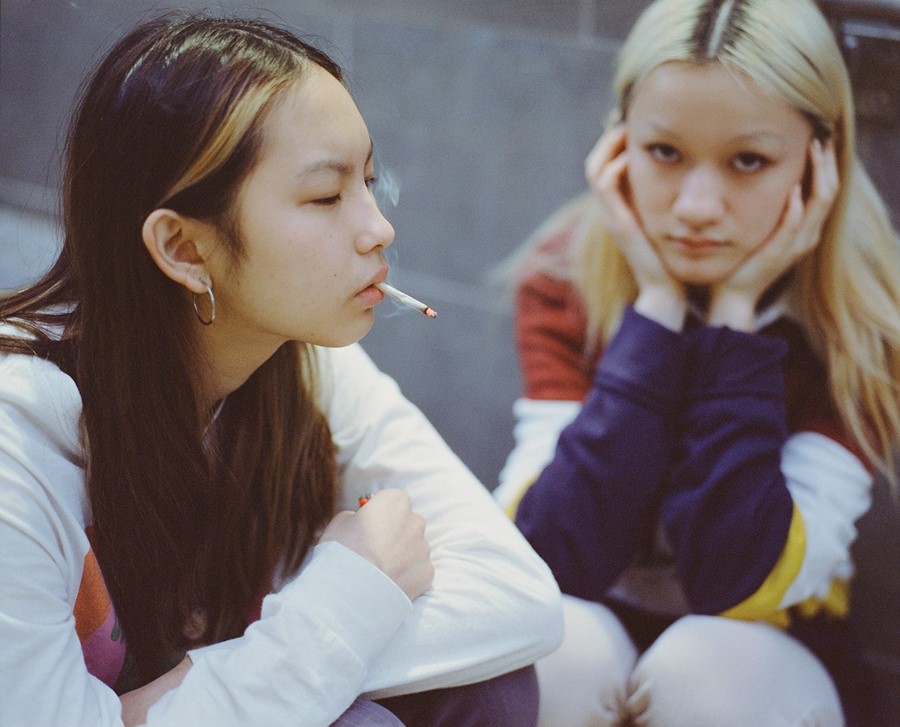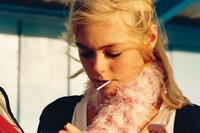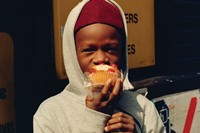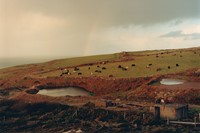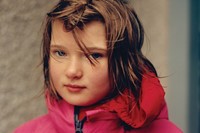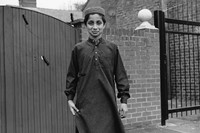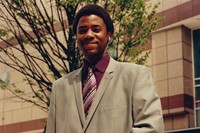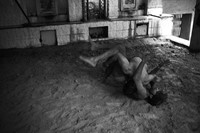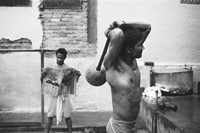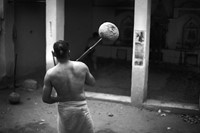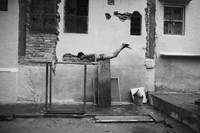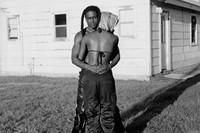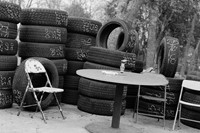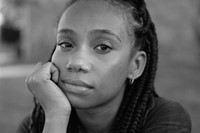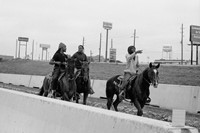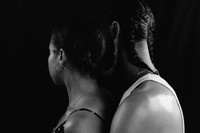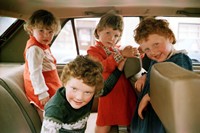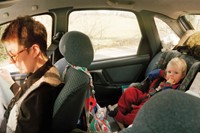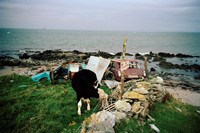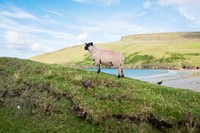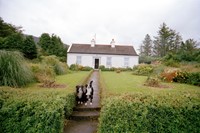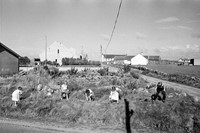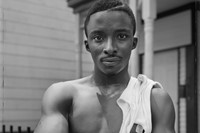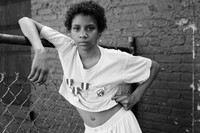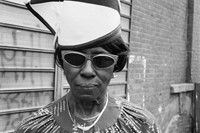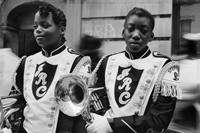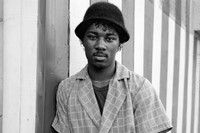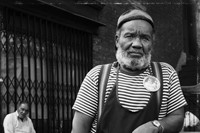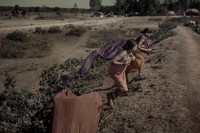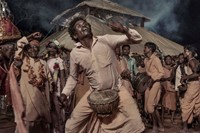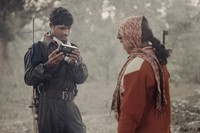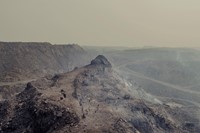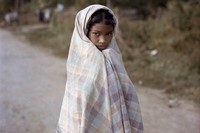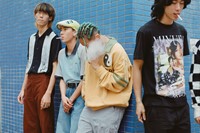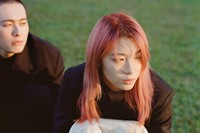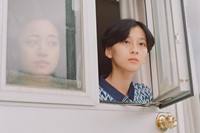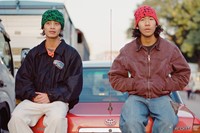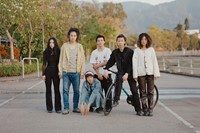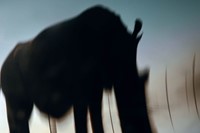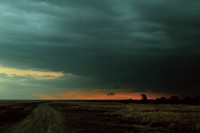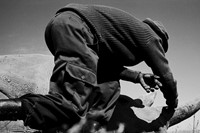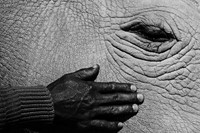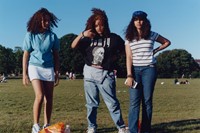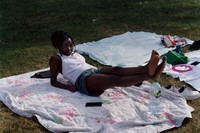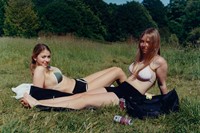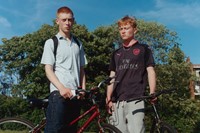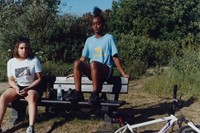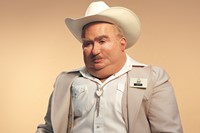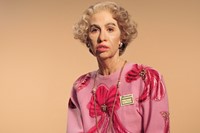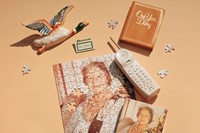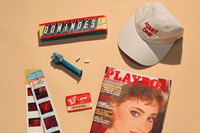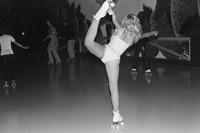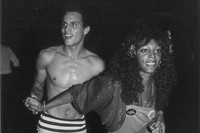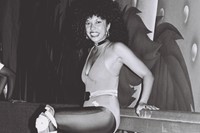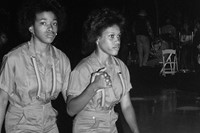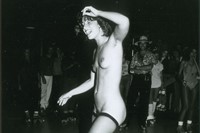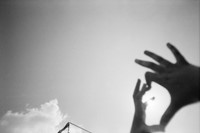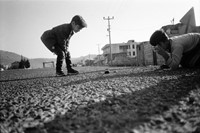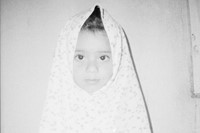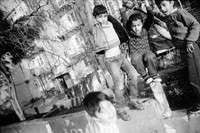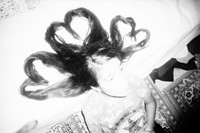Roller rinks, lockdown life and centuries-old wrestling, we spotlight our favourite monographs of the past 12 months
The British Isles by Jamie Hawkesworth
In Jamie Hawkesworth’s The British Isles, portraits and landscapes taken all over Britain throughout his career are collected into one sprawling volume. Capturing uniquely British landscapes and the people that inhabit them, Hawkesworth’s photographs feel timeless and familiar, suffused with tenderness and warmth. Together the images poignantly document a modern, multicultural Britain during a time when the country feels more fractured than ever. “Now I really appreciate the most simple of gestures,” the photographer says. “Even the way someone’s hand is held becomes this extraordinary thing.”
Douglas Irvine got lost one day while on holiday in Varanasi and stumbled upon an akhara by chance. He was fascinated by the building and the kushti – a form of wrestling that has been practised in India since the 16th century but is now on the decline – that was being practiced inside. He started taking pictures as a personal project, but when Covid-19 pandemic ravaged through India he turned the series into a special photo book, raising funds for charities helping to combat the crisis.
I can’t stand to see you cry by Rahim Fortune
“A coming-of-age story in Texas,” is how Austin-born, New York-based photographer Rahim Fortune describes his second book I can’t stand to see you cry. In March of last year, Fortune headed to Austin to celebrate his birthday with his family and then found himself plunged into lockdown, a week-long visit turned to months. A culmination of the last five years of “Black love, photography, and history”, I can’t stand to see you cry documents Fortune’s father’s health decline and the deeper psychology of the current moment.
Spanning the period of 1972 to 2019, Tom Wood’s highly personal photographs document his annual returns to County Mayo, the land from which his Catholic mother and Protestant father were forced to emigrate in the 1950s due to religious intolerance. Renouncing chronology for a free-flowing stream of consciousness, Irish Work captures scenes of senility and small dramas, delivering photographs that are imbued with sentiment, but never sentimental. “There must be some nostalgia involved, but I feel there’s something more vital at work too,” Wood says.
Street Portraits by Dawoud Bey
Driven by an urge to capture the everyday Black Americans he saw growing up, Queens-born photographer Dawoud Bey’s work aims to defy stereotypes, adding complexity, nuance and depth to individuals who have been neglected or forgotten by society. The portraits in the book were all taken between 1988 and 1991, the informal settings making the intense intimacy between Bey and his subjects feel all the more disarming.
Centralia centres on a violent conflict in the forests of central India between the Naxalite-Maoist movement – made up of members of a marginalised community of indigenous tribal people – and the Indian state. Transmedia artist, photographer and activist Poulomi Basu uses her imaginative mode of visual storytelling to conjure up a docu-fictional account of the conflict, with a sci-fi twist. “In my heart I’ve always been a documentary photographer on the border of fine art,” she explains in the interview.
The City and All It Holds by Roni Ahn
London-based photographer Roni Ahn was home in Hong Kong visiting family last year when she got trapped and isolated in citywide lockdowns. She used the time to embark on her most personal project to date, exploring the values of relationships and the necessity of a strong support system when the world seems to be falling apart. The result is a series of images that are tender, joyful, and rich in texture, showing groups of friends, lovers and family members sharing moments of affection.
Photographer Jack Davison was granted exclusive access to Kenya‘s Ol Pejeta Conservancy to document the daily life of Najin and Fatu, the world’s last living Northern White Rhinos. With the species now on the brink of total extinction, the mother and daughter are fiercely guarded by dogs, weapons and drones. Davison captures the deep spiritual and physical connection the rhinos have with their caretakers, who care for “the girls” tirelessly to ensure their safety.
Sweeteens by Laura Jane Coulson
Shot in May last year as the UK’s first lockdown began to ease, photographer Laura Jane Coulson’s Sweeteens is a love letter to freedom, youth and London’s green spaces. Struck by the simplicity and joy of the social scenes around the capital's parks, Coulson grabbed her camera and started documenting groups of young friends in her signature dreamy, colour-saturated style. “At the time I didn’t really know what it was going to be or why I was doing it. I was just excited to shoot and meet people again,” she says.
Hello My Name Is … by Nadia Lee Cohen
Nadia Lee Cohen’s second book, Hello My Name Is … is a masterpiece of the process of transformation. Using name badges belonging to unknown individuals that she’s collected over the years as a jumping off point, the photographer transformed into 33 different characters complete with styling, hair, make-up and prosthetics. Meanwhile, Martin Parr and Pee-wee Herman provide texts for the book.
Flipper’s Roller Boogie Palace by Liberty Ross
Presided over by Liberty Ross’s father and mother, Flipper’s roller rink stood at the corner of La Cienega and Santa Monica boulevards from 1979 to 1981. The after-dark destination of choice for a huge cross section of LA cultures, everyone from Jane Fonda to Nile Rodgers came together to skate to live performances by the likes of Black Flag and Prince. With the pandemic lending outdoor activities a new cultural significance and sparking a roller resurgence, Ross’s new book, Flipper’s Roller Boogie Palace feels joyfully meant to be.
I saw the air fly by Sirkhane Darkroom
Just a few kilometres from the Syrian border, in the Turkish province of Mardin, Serbest Salih leads Sirkhane: a mobile darkroom that travels from village to village teaching children of various ages and nationalities how to shoot and develop analogue photographs. I saw the air fly is a collection of these photographs by the Turkish, Syrian and Iraqi children who have participated in the workshops. “Life here is hard, but that is not all these kids experience or think about. The results were surprisingly joyful,” says Salih.
